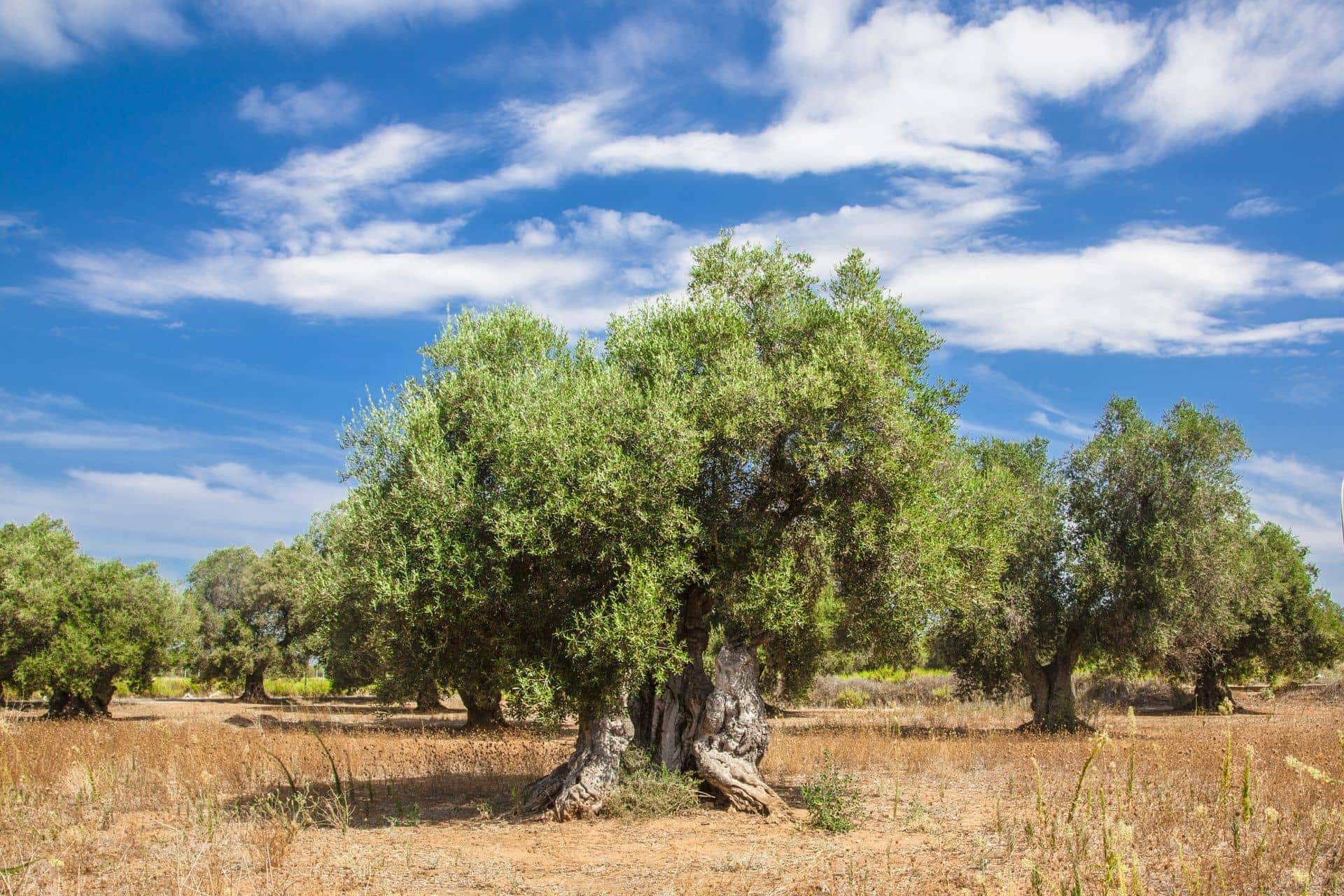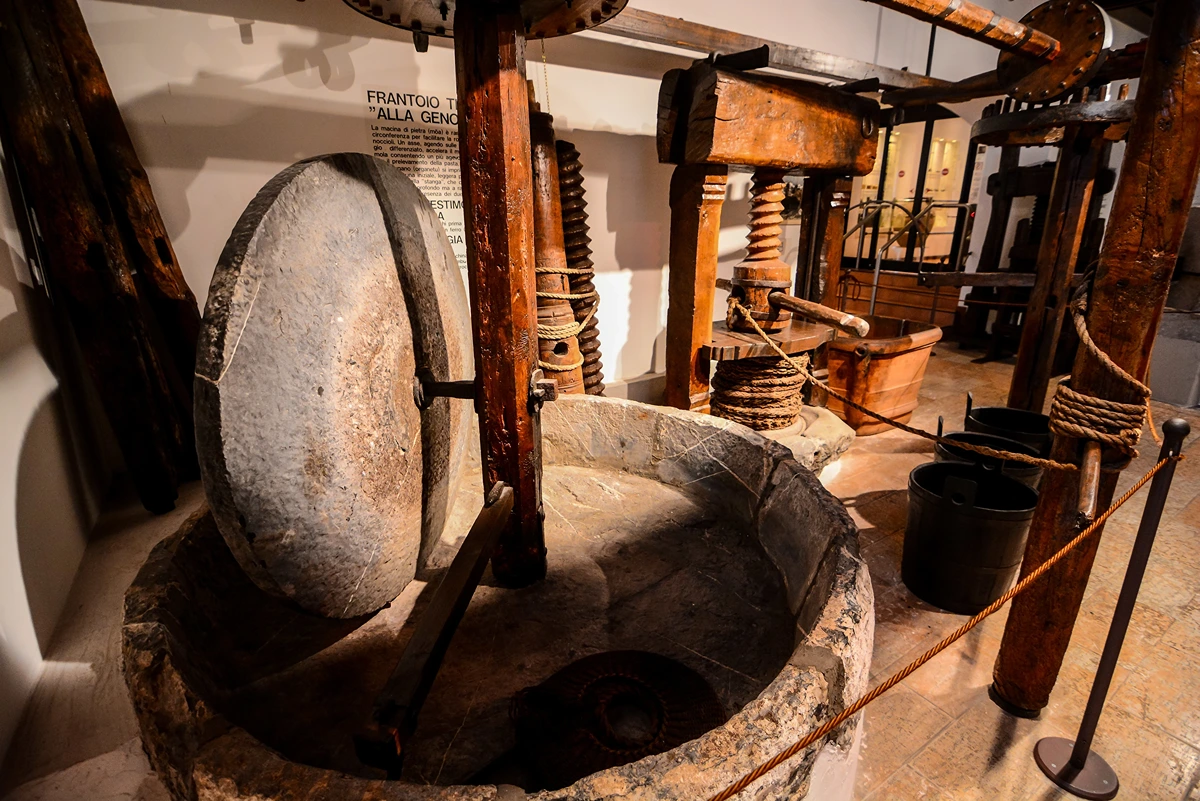Puglia is renowned worldwide for its extra virgin olive oil, often called “The Green Gold of Italy.” Every autumn, the region’s landscapes turn into a living postcard — golden light filtering through centuries-old olive trees, nets spread beneath their branches, and families working together in joyful harmony.
From mid-October to mid-December, this ancient ritual comes alive. Across the countryside, locals and small farmers gather for the olive harvest in Puglia, a time marked by tradition, patience, and respect for the land.
DISCOVER OUR LUXURY VILLASWhen to Harvest Olives in Puglia
The timing of the harvest is crucial for producing high-quality olive oil. Each olive variety has its own rhythm — some are destined for table consumption, others for pressing into precious EVOO.
The Perfect Moment: La Invaiatura
The ideal moment to harvest is during veraison (invaiatura in Italian) — when olives begin to change colour from green to purple. At this stage, the fruits contain the highest concentration of phenolic compounds, responsible for the oil’s antioxidant, aromatic, and nutritional properties.
Factors That Influence Harvest Time
Olive variety: Different cultivars mature at different times.
Climate: Hot, dry summers and mild autumn rains affect ripening speed.
Altitude and soil: Coastal groves ripen earlier than inland ones.
In general, October to late December marks the core harvest season. Experienced producers observe the fruit’s texture and colour daily to identify the perfect moment — a delicate balance between yield and quality.

How Olives Are Harvested in Puglia
The olive harvest in Puglia is not only an agricultural activity but a cultural celebration — families, friends, and neighbours come together to work the land and share stories, laughter, and homemade food beneath the trees.
1. Handpicking – The Art of Patience
This ancient technique involves gently removing olives by hand or using small wooden rakes. Nets are spread beneath the trees to collect the fruit. Though time-consuming (it may take a full day for one large tree), this method ensures minimal damage and preserves the olive’s integrity and flavour.
2. Mechanical Harvesters – Tradition Meets Efficiency
A mechanical harvester shakes the branches, causing the olives to fall onto nets below. This approach is faster and ideal for medium-sized farms, though care is needed to avoid bruising the fruit.
3. Trunk Shakers – The Industrial Touch
Used mainly in large-scale production, this machine attaches to the tree trunk and vibrates it, releasing the olive
s in seconds. While efficient, it can stress older trees if performed improperly — hence, expert handling is essential to protect these ancient giants.


From Tree to Oil Mill: The Final Step
Once collected, olives must be processed within 24–48 hours to preserve their aroma and freshness. They are transported to the local oil mill (frantoio), where they are washed, pressed, and transformed into fragrant extra virgin olive oil.
The first taste — peppery, fruity, and golden — marks the reward of months of care and dedication. Families proudly return home with their own bottles of “green gold,” a symbol of Puglia’s enduring connection to the earth.


Why the Olive Harvest Is Worth Experiencing
For travellers, witnessing or joining the olive harvest is one of the most authentic ways to experience local life in Puglia. Many villas and agriturismi offer olive oil experiences, from guided harvest days to tastings with master producers.
At Puglia Paradise, our Guest Angels can arrange private olive oil tours, tastings, and even hands-on harvesting experiences — letting you live the beauty of this timeless ritual.
DISCOVER OUR LUXURY VILLAS